Um deles, o Fitsat-1 = NIWAKA, vai transmitir
em CW um feixe de luz por meio de LEDs de alta luminosidade !
Mas somente numa determinada posição, mostrada aqui:
Este foi um email recebido via SATFM de PY4ZBZ - ROLAND
FITSAT-1 (NIWAKA)
A Small Artificial Satellite Developed at the Fukuoka Institute of Technology
Takushi Tanaka
We developed a 5.8GHz high speed transmitter for artificial satellites.It consists of an exciter module with a 115.2kbps FSK modulator and a liner
amplifier which amplifies a 10mW signal to 4W.
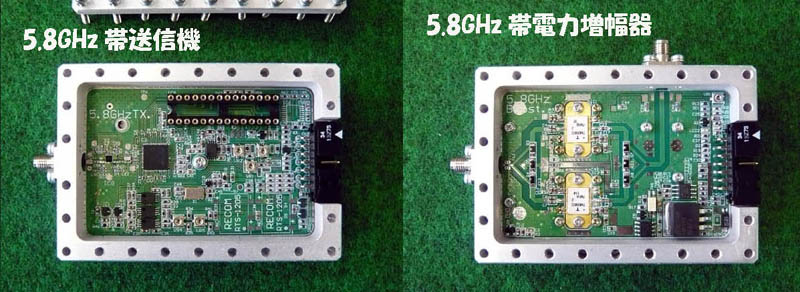
But, these two modules were too big for a cubesat.
So, we have developed a new module which combines the exciter
and the liner amplifier of 2W output.

Using this module, we have developed a small artificial satellite
named FITSAT-1. It also has the nickname "NIWAKA".
The shape is a 10cm cube, and the weight is 1.33kg.
The main mission of this satellite is to demonstrate the high speed transmitter
developed. It can send a jpeg VGA-picture(480x640) within 6 seconds.
NIWAKA will be launched from the International Space Station
around September 2012 as shown here.
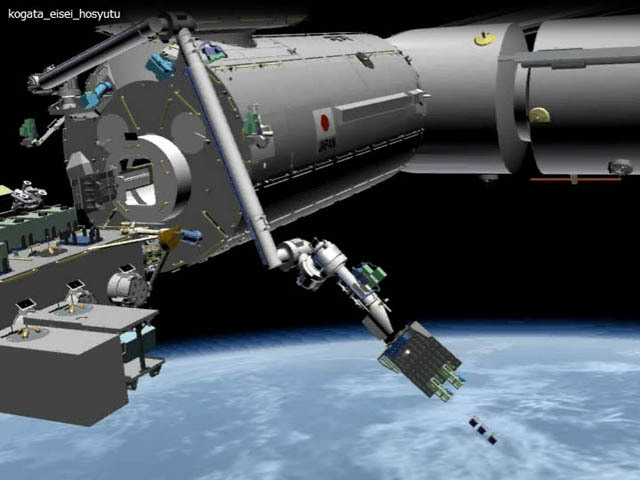
(JAXA movie 60MB)
NIWAKA also uses the 430MHz band for beacon transmission and remote commands.
The beacon signal is a standard Morse code CW signal.
The signal starts with "HI" and telemetry data follows.
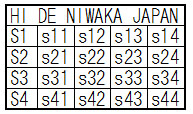
(telemetry format)
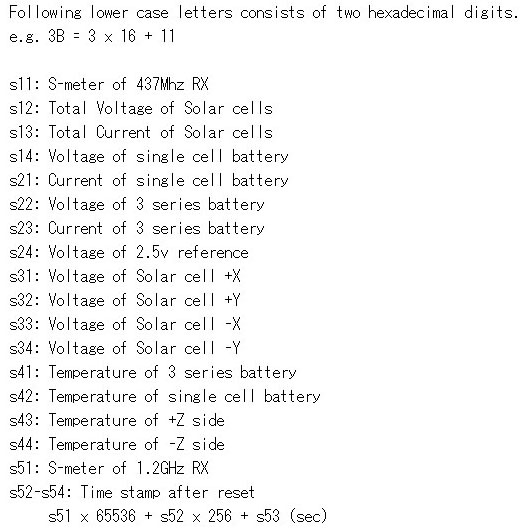

(Frequencies)
NIWAKA has another experimental mission to test the possibility of optical
communication by satellite. It will actually twinkle as an artificial star.
NIWAKA's high power LEDs will be driven with 200W pulses to produce extremely
bright flashes. These, we hope, will be observable by the unaided eye
or with small binoculars.
NIWAKA will write messages in the night sky with Morse code as:
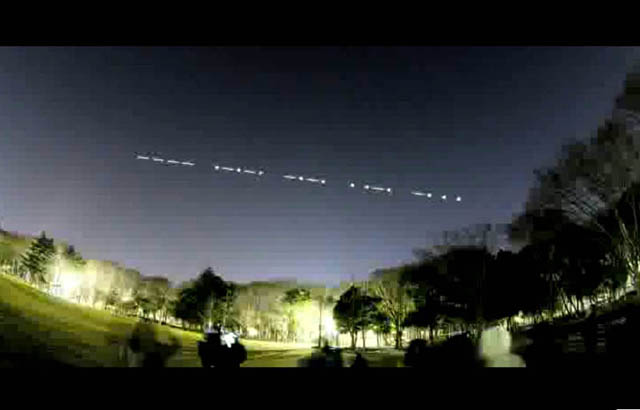
(JAXA movie 120MB)
The LEDs will also be driven in PCM mode. This light will received by a
photo-multiplier equipped telescope linked to the 5.8GHz parabolic antenna.
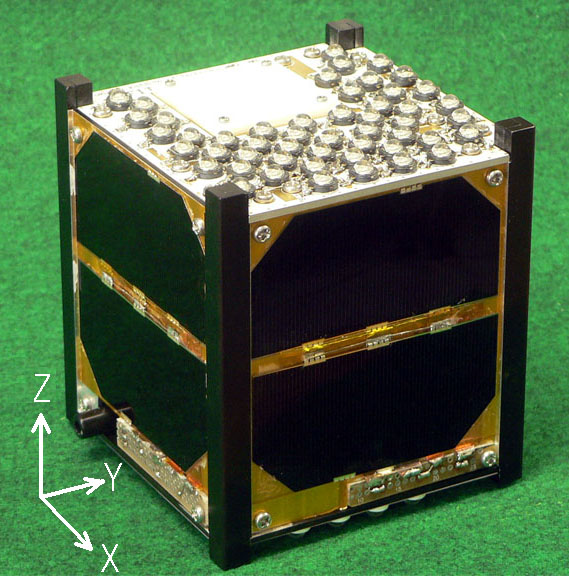
Overview (Flight Model)
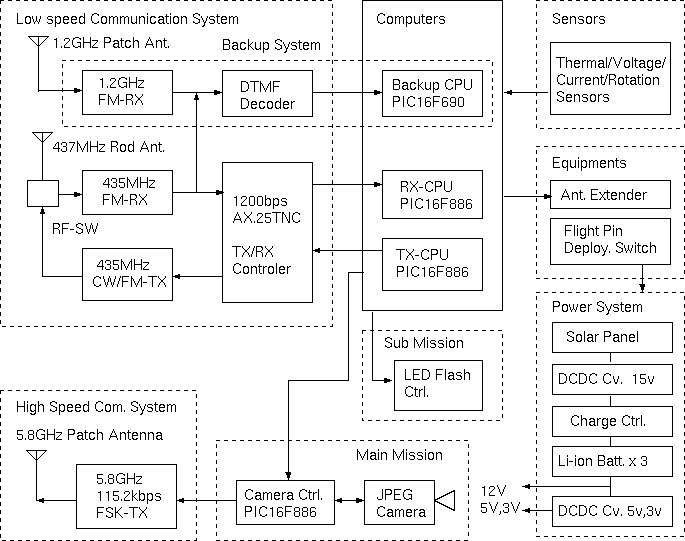
Block diagram
The trajectory of the ISS is inclined 51.6 deg from the equator, so NIWAKA will
travel between 51.6 degrees south latitude and 51.6 degrees north latitude.
NIWAKA will carry a mounted neodymium magnet to force it to always point to
magnetic north like a compass. When NIWAKA rises above the horizon, it will
be to the south of the Fukuoka ground station, and both the 5.8 GHz antenna
and the LEDs will be aimed accurately enough by the magnet aligning itself
and the satellite with the earth's magnetic field that the Fukuoka ground
station will be within the main beams.
We will perform both 5.8 GHz high-speed and optical communication experiments
for about 3 minutes as the satellite travels along the orbit shown as the red
line in the figure.
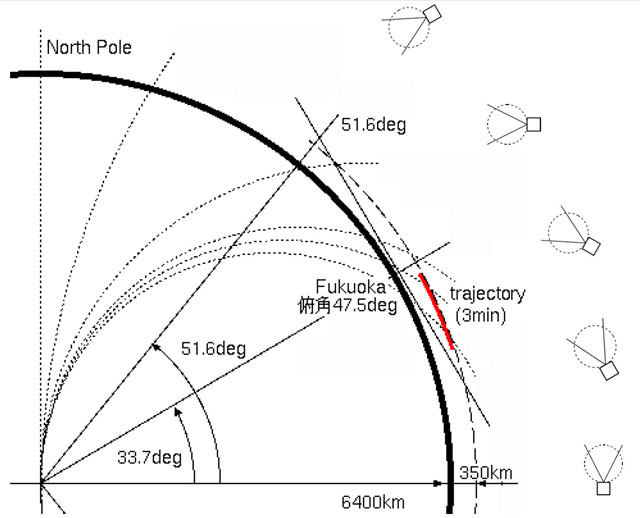
The name NIWAKA is from "Hakata Niwaka", which is traditional impromptu comical
talking with this mask. Here, Hakata is old name of Fukuoka city.

TV News (in English)
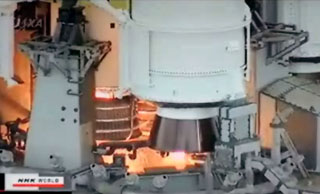
(NHK-international-TV 2012.07.23 56MB)
TV News (in Japanese)

(KBC-TV 2012.06.24 8.7MB)

(NHK-TV 2012.06.25 39MB)
Related TVs

(TNC-TV 2011.09.12 34MB)

(TNC-TV 2012.03.03 47MB)

(NHK-TV 2012.07.14 40MB)
You tube Movie
News papers
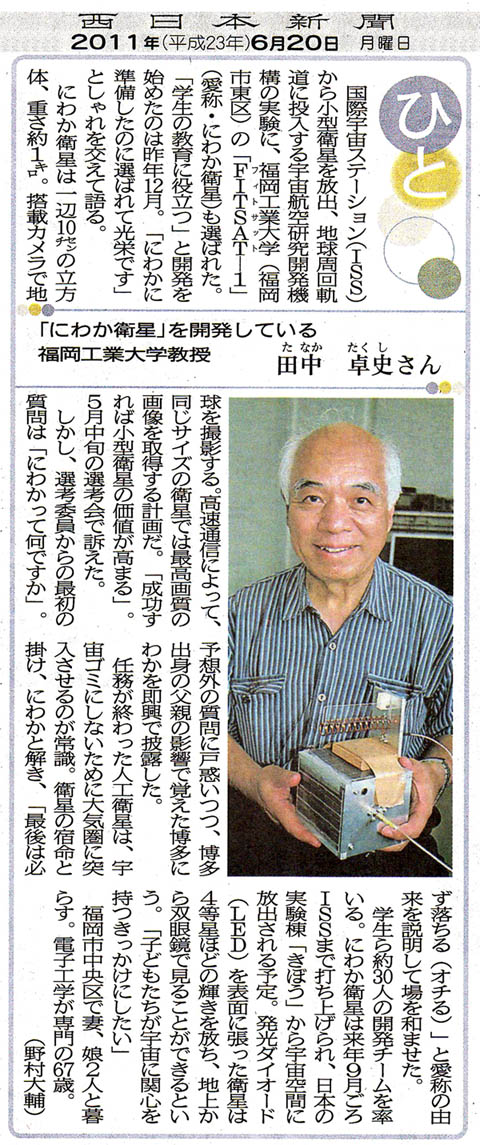
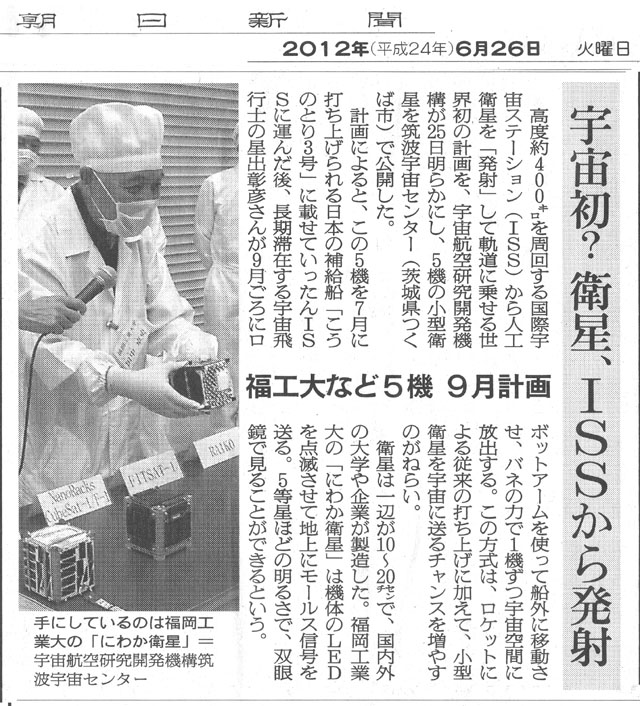
Nenhum comentário:
Postar um comentário